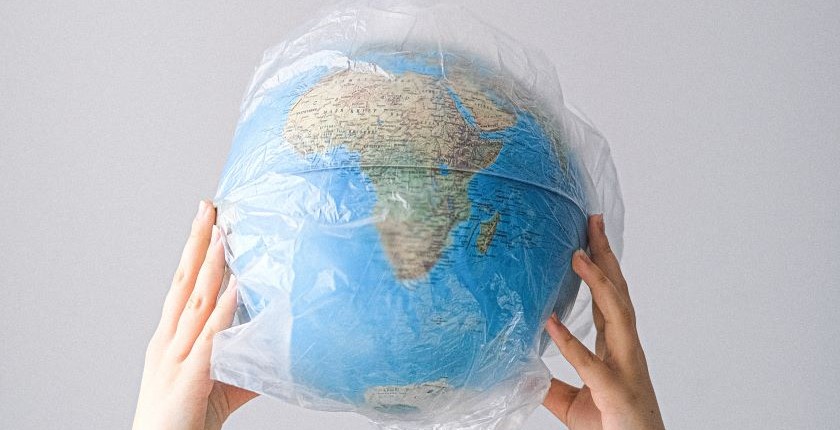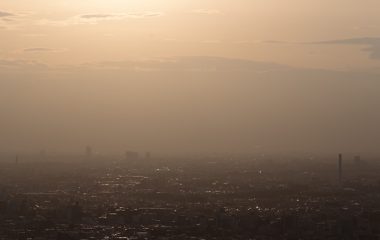
Photo: Anna Shvets from Pexels
In the environmental calendar, it is Plastic Free July, while the third day of the month is Plastic Bag Free Day. Individual actions are important, but the whole system needs to change, say environmentalists. Recent studies revealed that microplastic pollution is taking on new forms and shapes that threaten human health.
Highlighting the need to reduce consumption and excessive use of disposable plastic bags, July 3 is International Plastic Bag Free Day.
The Plastic Free July initiative was launched in 2011 on a global scale. More individuals are becoming aware they can reduce their so-called plastic footprint through simple actions and habits – during the month of July as well as throughout the year.
India banned certain disposable plastic products on July 1
India banned a group of disposable plastic products on July 1, including single-use straws and cups, as part of a federal plan to phase out the material in the country of nearly 1.4 billion people. In 2020 alone, over 4.1 million metric tons of plastic waste was generated in India.
According to the United Nations, emissions of greenhouse gases from plastics amounted to 1.7 gigatons of CO2 equivalent in 2015. They are projected to increase to approximately 6.5 gigatons per year by 2050.
The use of biodegradable bags and recycling is often mentioned as a solution to the plastic problem. The responsibility is partly shifted to the consumers and the choices they make.
Disposable plastics are almost indispensable in the consumer goods sector. The offer is huge, in plastic to-go containers, carbonated beverages, water bottles, and ubiquitous disposable bags.
But even though individual choices are essential, they are a small element in the huge plastic waste issue that we encounter daily, Greenpeace pointed out.
Viruses and new forms of pollution
Most plastic waste ends up in watercourses and then oceans. A hazardous form is microplastics, which can get into the human bloodstream, lungs, and other organs.
A new study has shown that certain viruses can survive for up to three days in microplastic particles. They can remain contagious by attaching to plastics in a freshwater environment.
On the shores of the Canary Islands, researchers have discovered plastitar. A mixture of tar and microplastics, it is a new pollutant, from which toxic chemicals can reach the oceans.
Plastitar is a mixture of tar and microplastics
Scientists claim the discovery completes the picture of the global circulation of plastics, moving through the atmosphere, oceans, and land in a way that reflects natural processes such as the carbon cycle.
Plastic consumerism
Getting soup in a plastic bag has become a regular thing, while delivery services are bringing you lunch in a styrofoam box, with plastic cutlery. Food delivery further affects the plastic waste issue as it does CO2 emissions, El País wrote.
The largest producers of plastic waste are also the largest companies in the world. Their names aren’t that relevant – if one disappeared, another would replace it. The point is that the business principle remains the same – plastic waste and profits are piling up. And drinking water is still mostly consumed from disposable plastic bottles.









Be the first one to comment on this article.